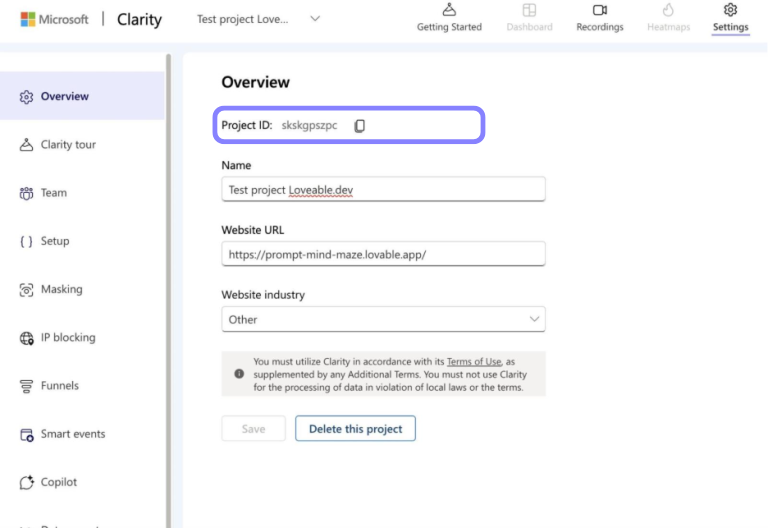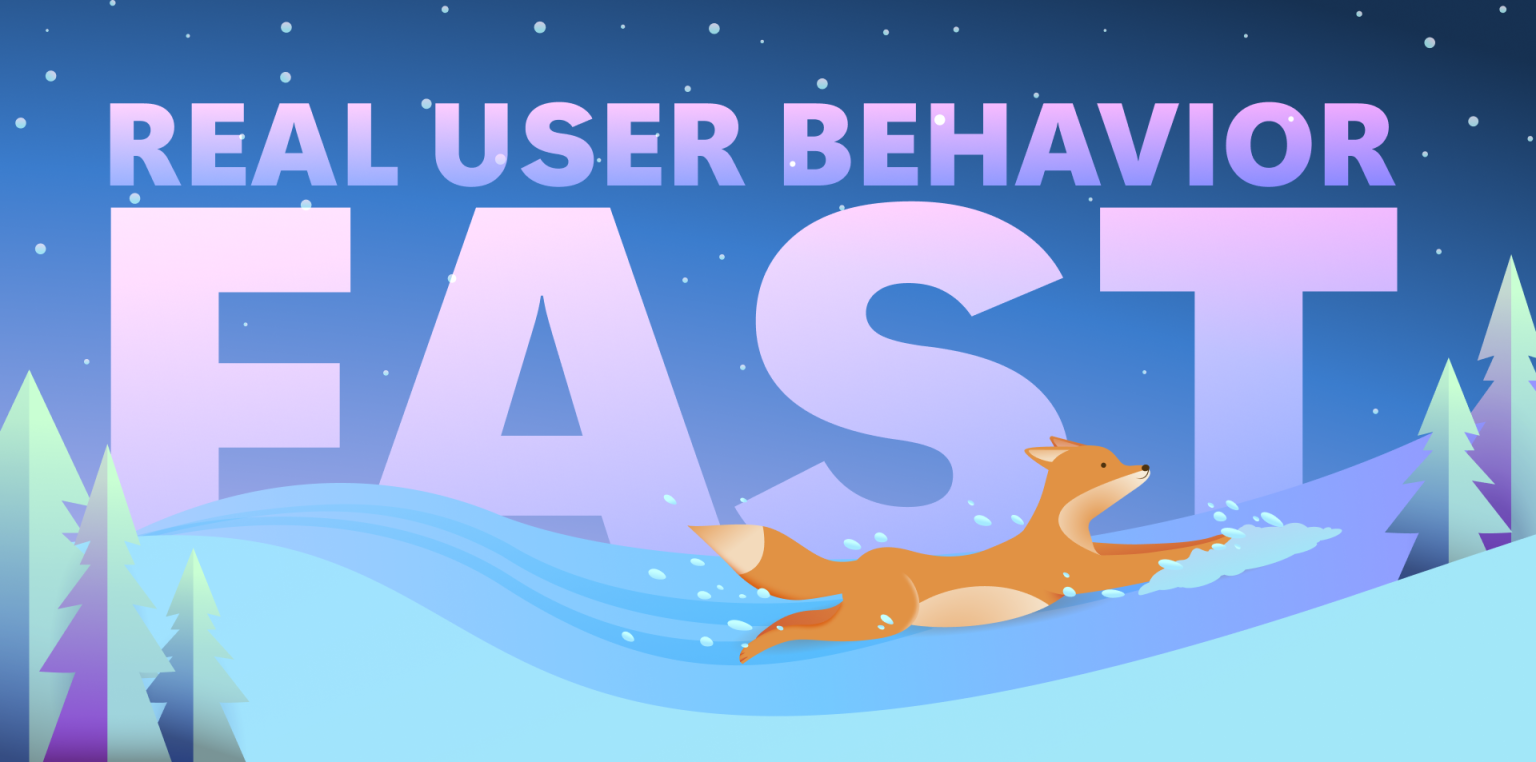When you’re vibe coding, speed is everything. You want to build something fast, ship it, and learn what actually works — all without getting bogged down in setup or complicated tooling.
But building fast doesn’t mean flying blind. Without clear insights into how people actually use your project, you risk wasting time on guesses instead of making data-driven decisions.
That’s where Microsoft Clarity comes in: a free, lightweight behavioral analytics tool that gives you real user behavior feedback — fast. In this post, we’ll break down why Clarity is a perfect fit for vibe coding and show you how to add it to your project in minutes.
What Is Vibe Coding?
Vibe coding is a development approach centered on using AI to build projects with speed, creativity, and minimal upfront commitment. It’s about rapidly transforming an idea into a live, functioning prototype or product that you can test, observe, and refine.
Whether you’re using platforms like Lovable, Replit, bolt.new, Vercel’s v0, Github Spark, or Orchids, the core principle remains consistent: build fast, launch fast, and iterate fast.
This approach embraces experimentation and responsiveness, allowing developers to validate concepts early by directly observing user interactions instead of relying on assumptions or delayed feedback.
Why Behavioral Analytics Matter for Vibe Coding (and How Microsoft Clarity Helps)
You might already track basic metrics like pageviews or clicks, but those numbers only tell part of the story. They don’t show how users move through your project or where they get stuck. Behavioral analytics fills in those gaps by revealing real user interactions — what catches attention, what frustrates, and what’s being ignored. For vibe coding, where speed and iteration are everything, having this level of insight lets you fix the right problems without wasting time on guesswork.
Clarity tracks clicks, rage clicks (those angry repeated clicks when something’s broken), scroll depth, and dead clicks (clicks that go nowhere). And you can watch session recordings or check heatmaps to see what’s actually happening.
By integrating Clarity, you gain access to:
- Click and scroll heatmaps
- Session recordings that replay real user journeys
- Identification of frustrating user interactions such as rage and dead clicks
- An intuitive dashboard with easy-to-understand reports
How to Add Clarity to Your Vibe Coding Project in Two Simple Steps
Setting up Clarity in your vibe-coded app is about as fast and painless as it gets in the world of analytics.
You can create an account and your first project in one minute. And because it’s free, you don’t have to spend time entering your credit card, renewing after a free trial, or fitting within a specific usage tier.
Once you have your project ID, adding the tracking takes seconds, so you can go from zero to seeing user behavior without ever slowing down your build–launch–iterate flow.
To get started:
Create a project in Microsoft Clarity:
- Visit clarity.microsoft.com
- Sign up or log in, then create a new project.
- Copy the generated Project ID (Settings > Overview).

Add Clarity to your vibe coding environment:
In your platform’s code or command interface, simply run:
add Microsoft Clarity with project ID [your-project-id] This single command injects the necessary tracking script into your project automatically.
The exact syntax may vary slightly depending on your chosen vibe coding platform, but most support simple plugin or script additions via commands or minimal code edits.
What Does Integration Look Like in Practice?
Here’s how adding Microsoft Clarity looks in some popular vibe coding platforms:
Lovable
Adding Clarity involves a single prompt in the platform’s interface, enabling tracking without manual script management.

Bolt
Clarity installs instantly using command-line instructions tailored for Bolt’s environment.

Vercel v0
Integration is seamless via configuration files or prompt commands, requiring no manual script copy-pasting.

Replit
Prompting the tool to add Microsoft Clarity with a project ID will automatically inject the script.
Verifying Your Clarity Setup
Once you’ve added Clarity, you can confirm it’s working by:
- Visiting your live site and interacting with it naturally.
- Returning to the Clarity dashboard within minutes.
- Observing session recordings, heatmaps, click maps, and scroll reports populate in near real-time.
This immediate feedback loop helps you start gathering meaningful data without delay.
Advanced Insights with Clarity Copilot
If you prefer not to manually analyze heatmaps and recordings, Clarity Copilot can help. The AI-powered assistant to aggregate and summarize data, highlighting:
- Common user behaviors and flows.
- Frequent pain points and usability obstacles.
- Emerging trends and opportunities for improvement.
With support for summarizing up to 250 session recordings at once, Copilot equips vibe coders with fast, clear feedback — ideal for quick iterations without digging through data manually.
These insights enable quicker debugging, improved user experiences, and accelerated validation cycles—all crucial for vibe coding workflows.
Final Thoughts
Vibe coding is about rapid experimentation and continuous learning. Integrating Microsoft Clarity into your projects lets you access real user data instantly, cutting through guesswork and subjective feedback.
Whether you’re launching on Lovable, Replit, Vercel v0, or any other vibe coding platform, adding Clarity is a simple, no-cost step that dramatically improves your ability to understand users and iterate effectively.
Take two minutes to add Microsoft Clarity to your next project — it’s a game changer for fast, data-informed development.
